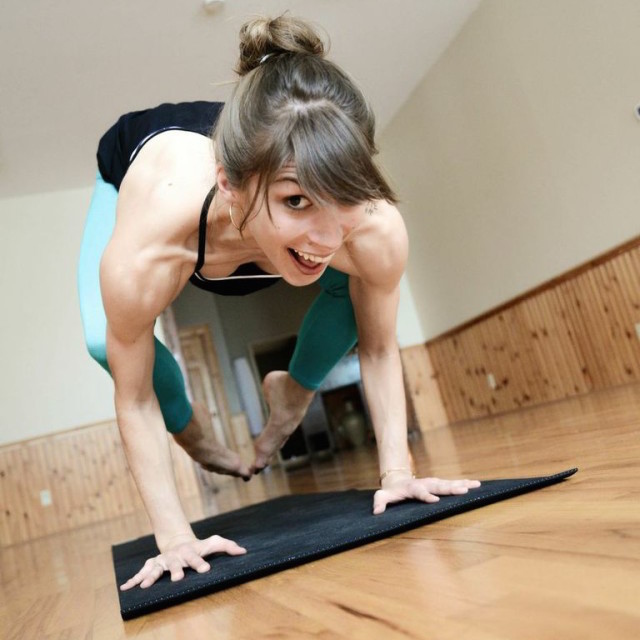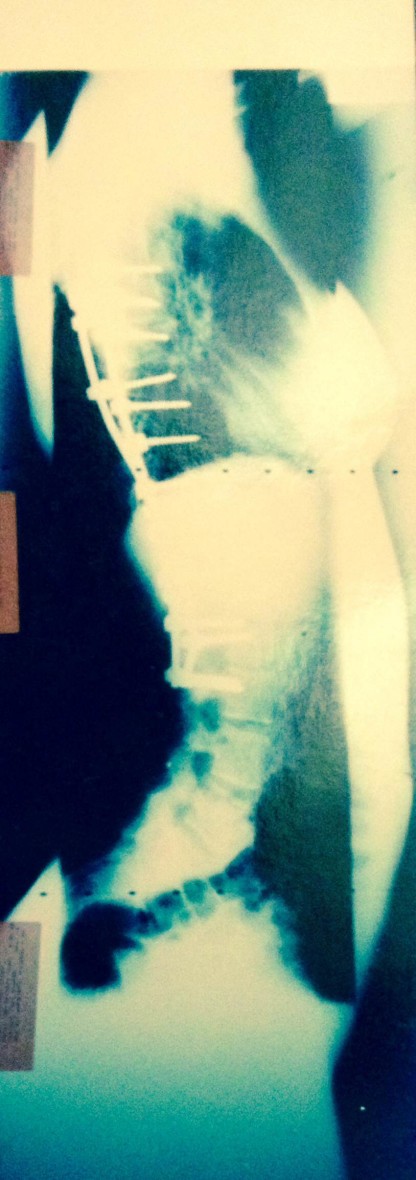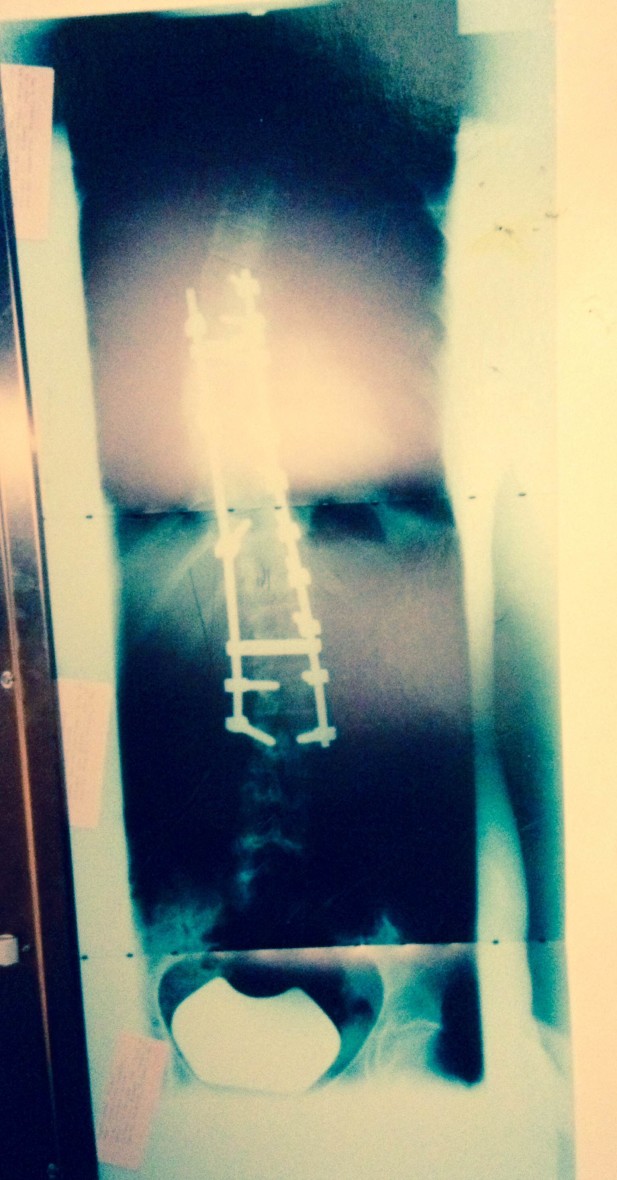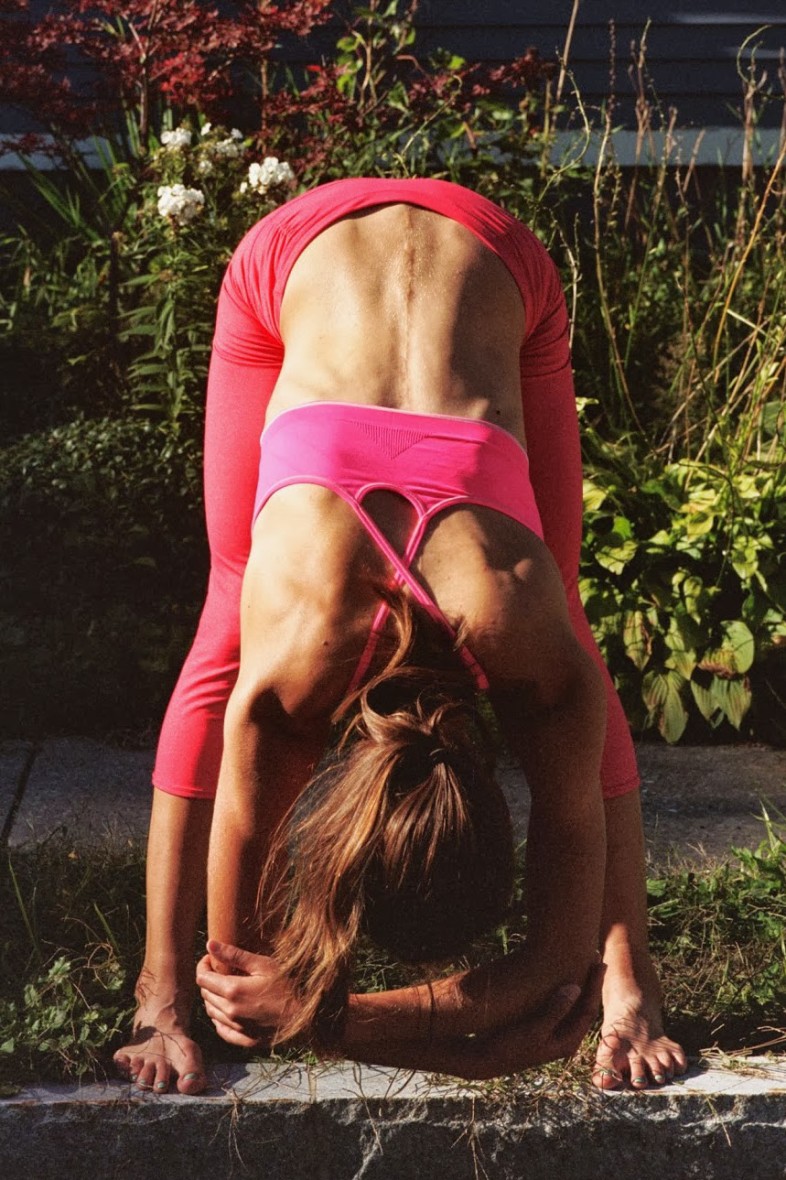Last week, I received a Facebook message from a friend inquiring about my Yoga for Athletes workshop. He said he had seen the flier, was interested in attending, but he had a few concerns. Not only was he worried that he wasn’t accomplished enough to be considered an “athlete,” but he felt anxious that he would feel out of place:
“Unlike you and others in the class,” he said, “feeling better about me and working better with my body was something that came much later in life.”
 First of all, let me be clear: you do not need to have earned any medals or set any records to be an athlete; if you know what sore muscles feel like, if you’re familiar with pushing yourself beyond your comfort zone, if you play or participate in a sport – no matter how un-competitively – you’re an athlete in my book.
First of all, let me be clear: you do not need to have earned any medals or set any records to be an athlete; if you know what sore muscles feel like, if you’re familiar with pushing yourself beyond your comfort zone, if you play or participate in a sport – no matter how un-competitively – you’re an athlete in my book.
Secondly, “working with my body” and “feeling better about me” have not (and do not) always come easily to me.
It is true that I had an early start to athletics, and that I am, by most definitions a “good athlete.” When I was four, my parents enrolled me in dance classes in an attempt to burn off some (read: a lot) of my energy. When I was eight, they enrolled me in gymnastics in an attempt to preserve our furniture (which I had usurped as my own personal trampolines and balance beams). In middle school, I started running, hurdling and high jumping, and in high school, I ran cross-country and swam.
Most of these things came naturally to me, and I defined myself largely by my athletic prowess. Then, at fourteen I was diagnosed with severe scoliosis, and sports were replaced by doctors’ appointments, back braces, and, eventually, surgery. My competitive energy had no athletic outlet, and so it turned against my body.

 Before scoliosis, I had great control over my body. It did what I told it to do, and for the most part, it looked how I wanted it to look. With scoliosis, I suddenly felt out of control. I stretched, I strengthened, I tried to unbend, and still, my curves worsened. Back braces helped somewhat, but they were awful (imagine stuffing your torso into a section of PVC pipe each morning – then staying there until you sleep). My parents and I read everything, tried everything, trusted everything, then cursed everything when none of it worked. So at age seventeen, I got surgery: eleven vertebrae were fused, and two stainless steel rods were placed alongside my spine, secured with 22 screws. Months passed, my bones healed, and soon enough I got back into sports. I took up Ultimate Frisbee, started running half and full marathons, and of course, started practicing and teaching yoga.
Before scoliosis, I had great control over my body. It did what I told it to do, and for the most part, it looked how I wanted it to look. With scoliosis, I suddenly felt out of control. I stretched, I strengthened, I tried to unbend, and still, my curves worsened. Back braces helped somewhat, but they were awful (imagine stuffing your torso into a section of PVC pipe each morning – then staying there until you sleep). My parents and I read everything, tried everything, trusted everything, then cursed everything when none of it worked. So at age seventeen, I got surgery: eleven vertebrae were fused, and two stainless steel rods were placed alongside my spine, secured with 22 screws. Months passed, my bones healed, and soon enough I got back into sports. I took up Ultimate Frisbee, started running half and full marathons, and of course, started practicing and teaching yoga.
Most people who meet me now wouldn’t guess I have anything “wrong” with my body. Most people assume what my student assumed: that feeling good about myself and working well with my body came early and with relative ease. And when I tell most people about the rods, their first question is always, “Do you set off metal detectors??” (The answer is no, sorry.) Then they get more serious and ask, “So, can you feel the rods??” And while I always answer no, the answer is actually yes. But perhaps not in the way you think.
No, I cannot touch the rods, and neither can you. No, you cannot look at my back and see outlines of metal debris. But yes, I can feel that my back doesn’t bend, and yes, I can feel what that means for my body.
 When I take yoga classes with teachers I don’t know, I usually inform them of the rods. I also usually fold my shirt up – in case they forget, the scar is there to remind them: I might do my own thing, and this is why.
When I take yoga classes with teachers I don’t know, I usually inform them of the rods. I also usually fold my shirt up – in case they forget, the scar is there to remind them: I might do my own thing, and this is why.
I don’t do twists, I don’t do sidebends, and I don’t do backbends. It is not because I “have fear” as one teacher posited; it is because it is about as productive as you trying to twist or bend your forearm. And honestly, I am so used to the rods that they rarely frustrate me (just like you probably aren’t often frustrated by your forearm). I still have a “complete” yoga practice, my body still does what I want it to do, and for the most part, looks how I want it to look. I treat my body well, and it treats me as well as it can in return.
I am still a competitive person. I prefer winning to losing, and I prefer yoga poses that I can enter and hold gracefully to poses that I flail into and fall out of. But, losing does not make me angry like it used to, and most of the time, flailing and falling just make me laugh.
When I talk about Yoga for Athletes with my friends and students, they are often surprised to learn that it’s not just a bunch of pushups disguised as chaturangas, or squat-thrusts disguised as vinyasas – it’s true that we athletic folk are often attracted to physically challenging classes, but perhaps that is not what we need. The same people are equally surprised to learn that Yoga for Athletes is not simply a collection of long-held stretches – indeed, too much stretching will leave the muscles slack and under-responsive.
Sure, yoga taught me how to stretch my back and body in ways I thought I couldn’t, and that is useful. It also taught me that I can do a lot more things with my body than I thought I could, and that is wonderful. But above all, yoga taught me to pay attention, to find balance, to stop fighting against my body, and to start fighting with it. To me, this is what Yoga for Athletes is about.
Be sure to join us for this 4-week series starting on July 9th and discover your body’s abilities. Learn more about Yoga for Athletes or sign up now!
Read more from Abby on her website Straight Up Yoga.

